Weather is by far the largest influence on electricity demand. The temperature estimates and actuals drive the loads for heating and air conditioning systems. Heating and cooling is the largest source of energy end use and accounts for about half of the global final energy consumption (Source: IRENA Power to heat and cooling: Status).
Along with temperature, the hours of direct sunlight, or power density of sunlight, drives the demand for lighting and estimates the energy production from solar PV panels and solar thermal panels. When long periods of low wind, cloud cover, and severe storms happen, it greatly impacts the availability and cost of renewable energy.
But when extreme weather arises, how does this affect the demand and prices for consumers and for buyers?
In some cases, electricity producers raise their rates just because they can, which can happen in deregulated electricity markets like Texas. Or they raise them because they have to. For example, during extremely hot weather it will take more energy and power to convert natural gas and coal into electricity. As a result, power plants raise their rates to make up for this decrease in efficiency.
Extreme weather can also slow down the power generation process. As a result, power plants have to sell stored energy, which is usually more expensive than newly produced energy. This is not because the stored energy is different, but because selling stored energy means that the plant will face an energy shortage. This also means that employees at the plant will have to work more, and that generators will run for longer periods of time to meet production needs.
Extreme weather has a bigger impact on our reliability of renewable energy sources. When there’s a drought, there’s less water available to produce hydroelectric power. When there’s no wind or it is extremely cold, turbines need more power to produce limited electricity or will draw power to rotate in order to keep the blades and gears from freezing. When the sun isn’t shining, solar power isn’t an option. Each of these problems has a different cause and result, but they all lead to higher electricity costs. And depending on the type of extreme weather, it can eliminate a whole source of electricity (or two). For example, during a large cold front, where freezing temperatures affect a city or state, wind farms and gas lines can be temporarily put out of commission, eliminating a large chunk of stored electricity. Those frozen gas and power lines can also make it impossible to generate new electricity for a short time. This happened with Winter Storm Uri in February of 2021 with prices reaching the $9000 MWH mark.
Similarly, just this past January, an Arctic blast hit most of the U.S., bringing record cold weather during the coldest time of the year. While places like Chicago saw below-freezing temperatures, it was once again ERCOT that felt the most strain. Heading into the storm, the morning of Tuesday, January 16th looked to be the riskiest time. With little solar generation during those early, cold hours and initial forecast showing very little wind, people were wondering if this would be a repeat of February 2021. In our case, Amperon’s chief meteorologist, Dr. Mark Shipham, started alerting our customers in early January that temperatures would be colder than forecasted, and that the Dallas Fort-Worth area was too high at the projected 22 degrees. He was right. And when we made that initial call on January 3, prices were trading around $65 for the entire week. And by the 14th and 15th energy traded up as high as $1,000 per megawatt.
New policies and procedures have been put in place to deal with these types of extreme events, but more accurate weather and demand forecasting will help stakeholders become more prepared. Time is a valuable resource when dealing with extreme weather events and every extra week, hour, and day to be in the know, can make all the difference. If you would like to learn more about Amperon’s accurate energy forecasting solutions, contact us here.
This blog was written from the conversation topics covered in a recent Suncast interview with our CEO, Sean Kelly, to listen to the full podcast interview click here.



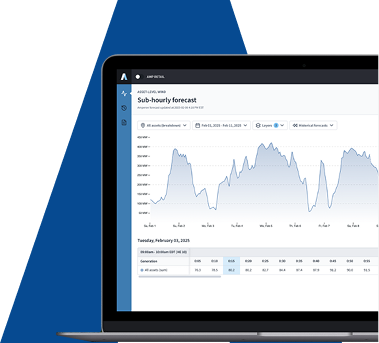
.svg)


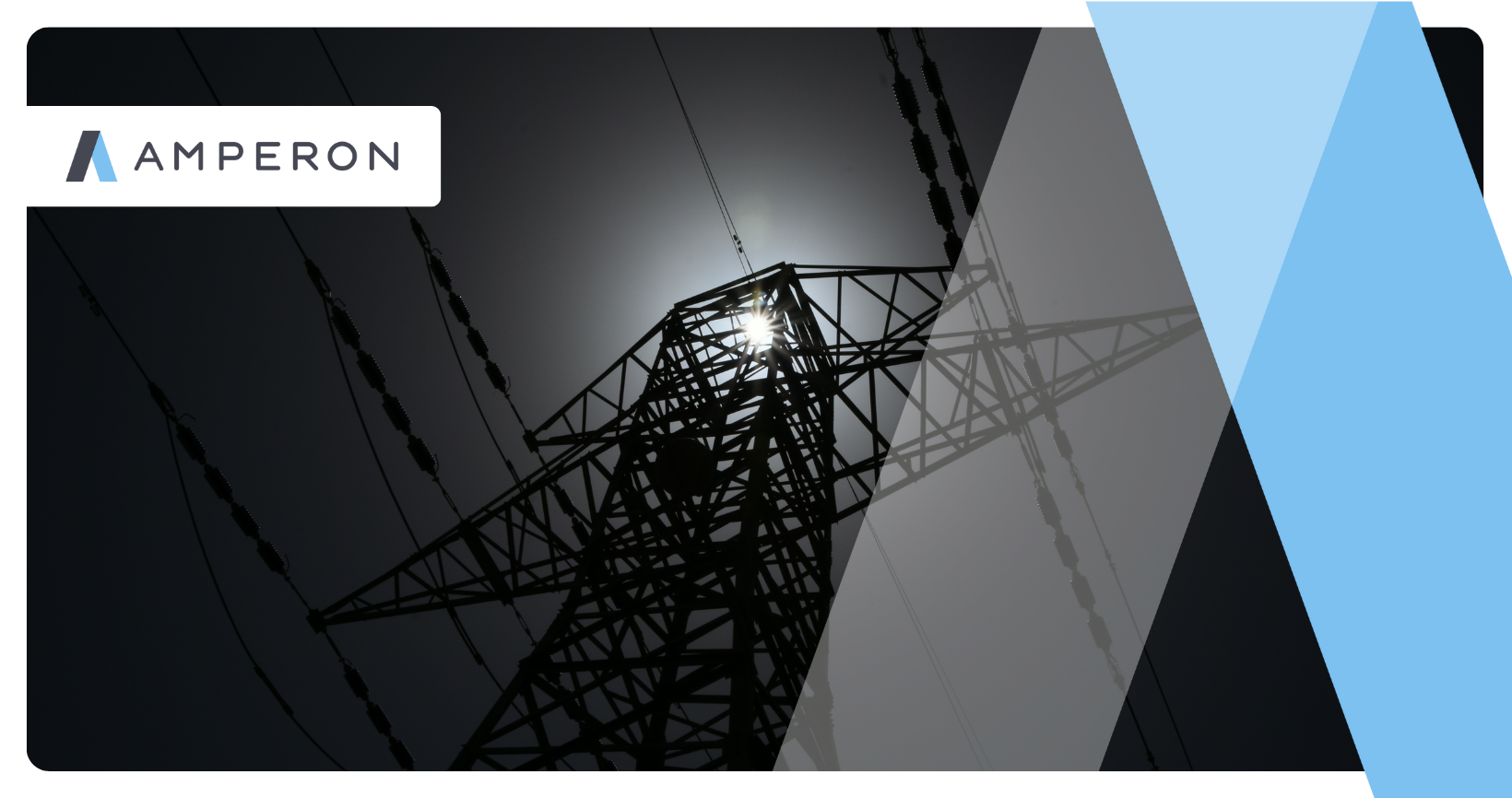

%20(3).png)
%20(2).png)
%20(1).png)






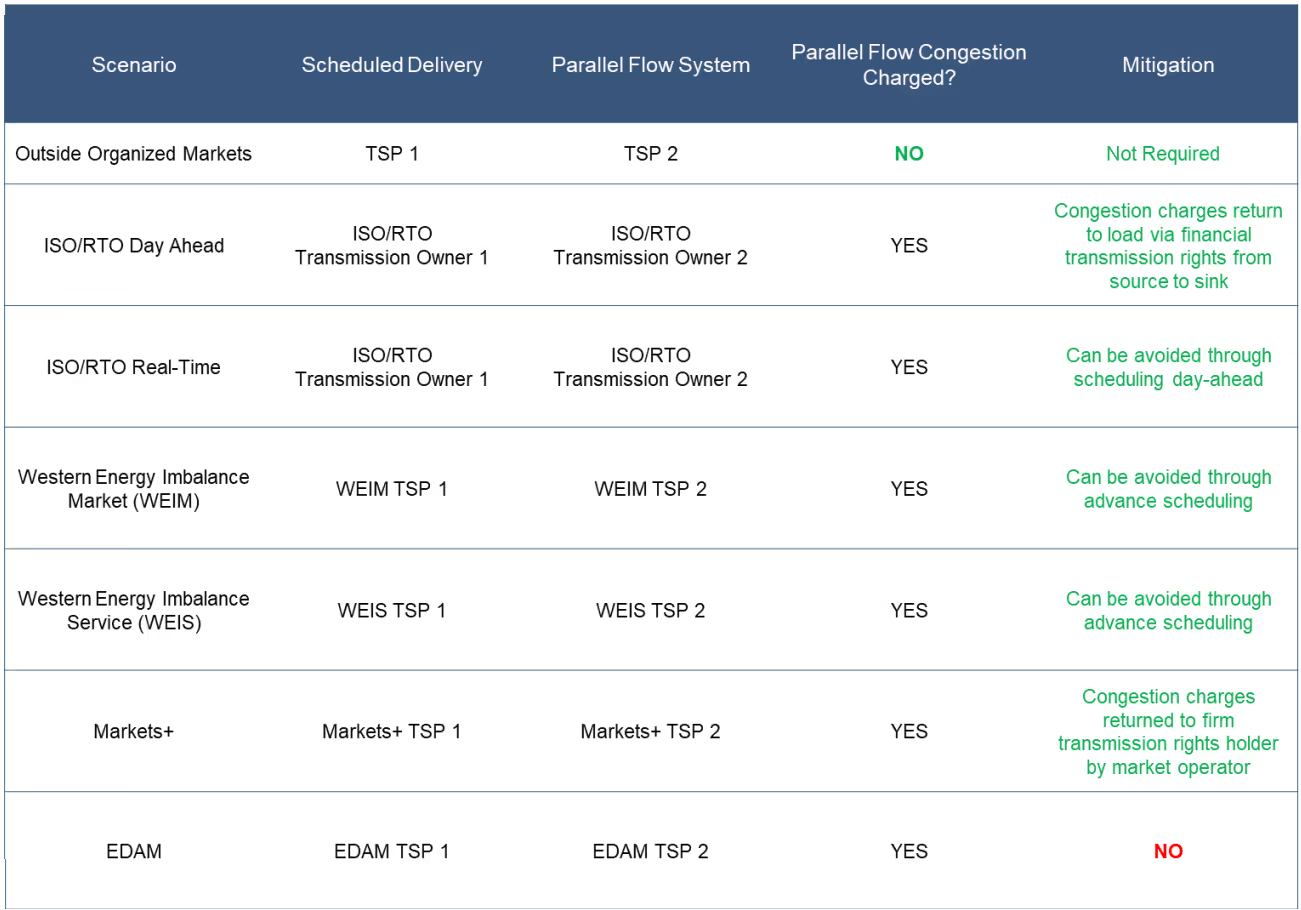
.png)

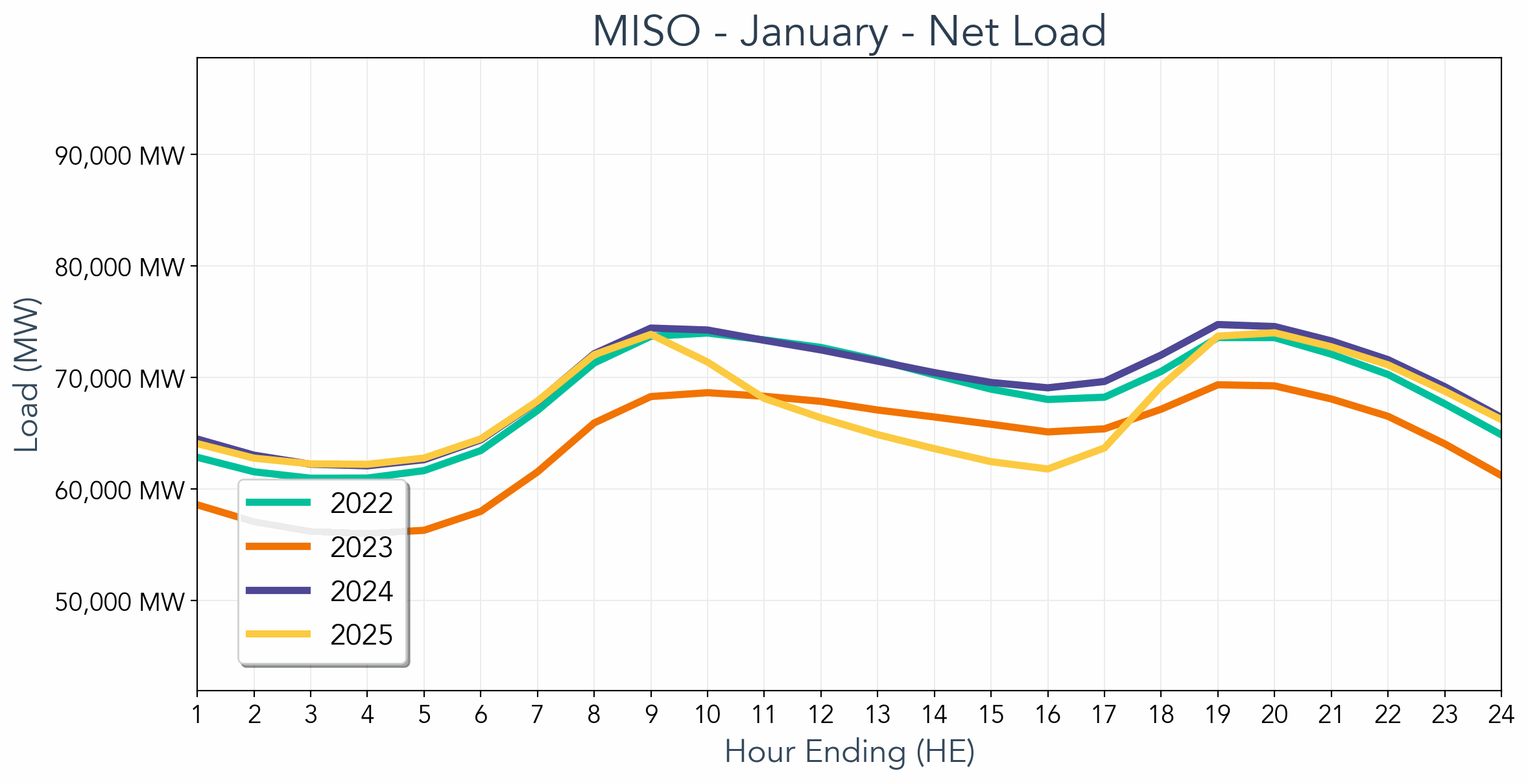

.avif)



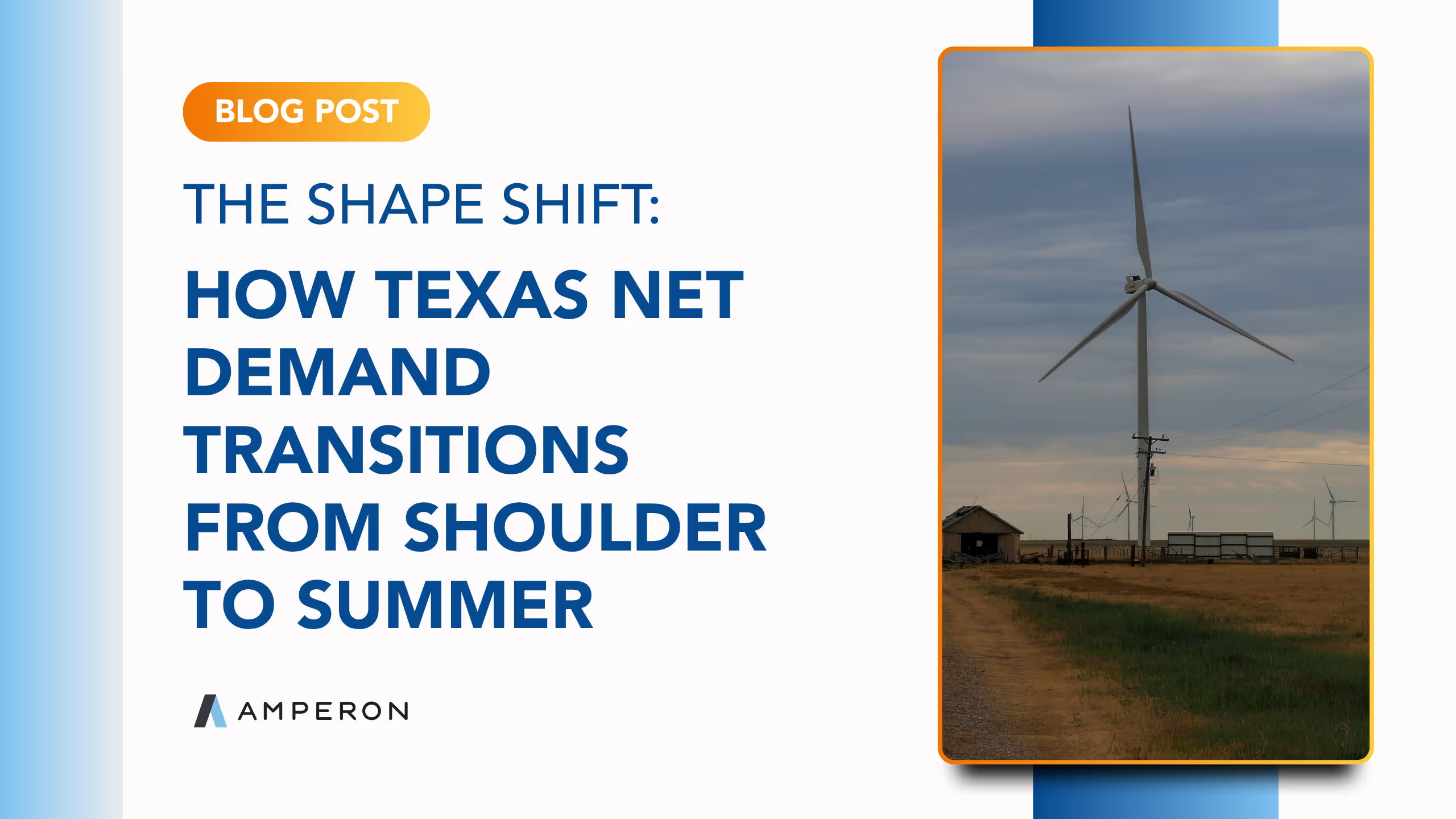
.avif)

.avif)
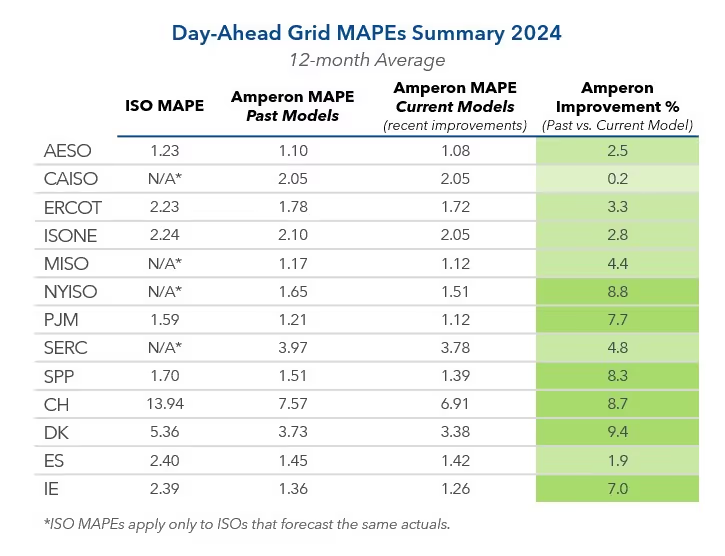

.avif)


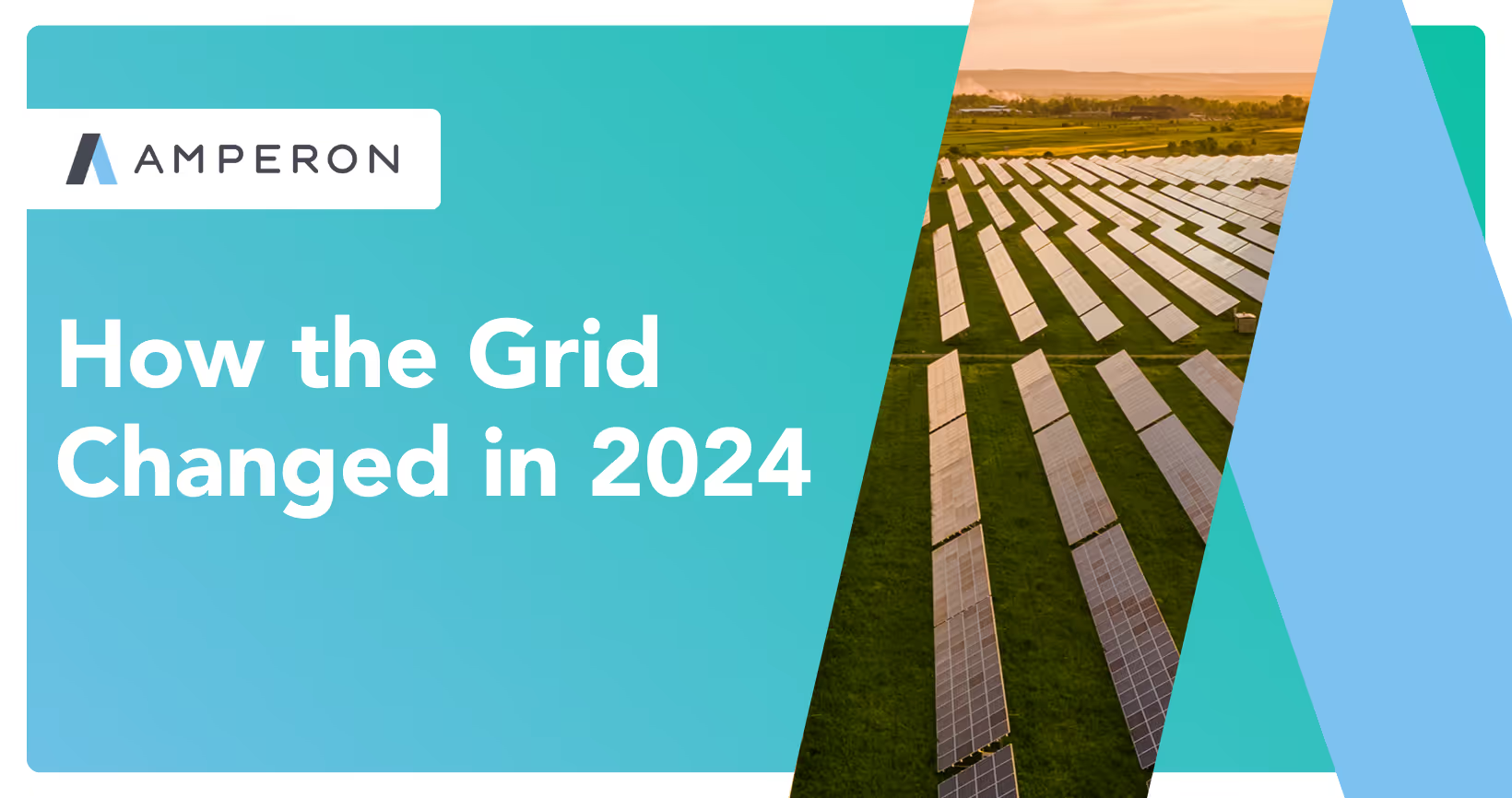
.avif)
%20(15).avif)
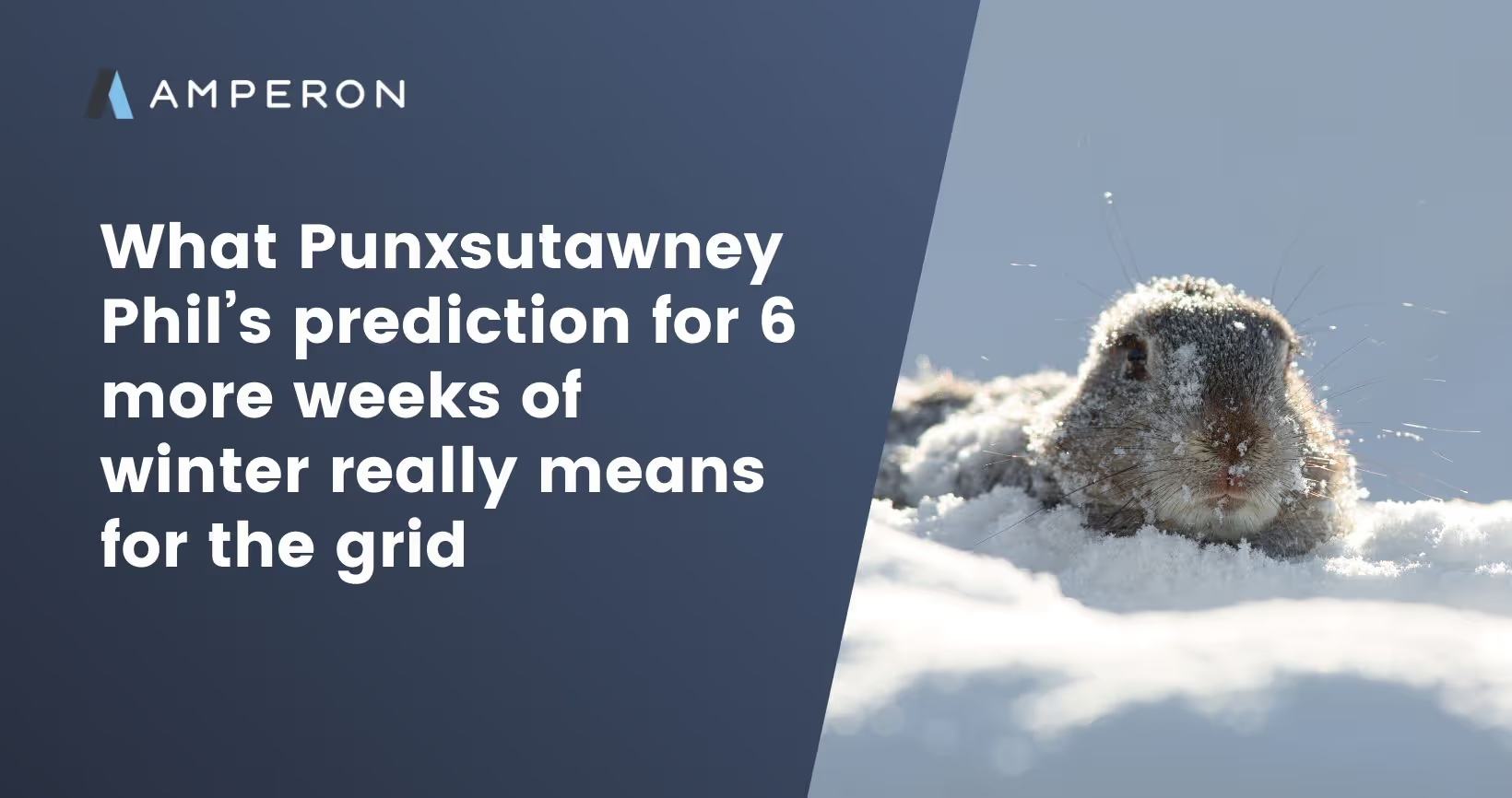
.avif)
%20(10).avif)

.avif)


.avif)

.avif)



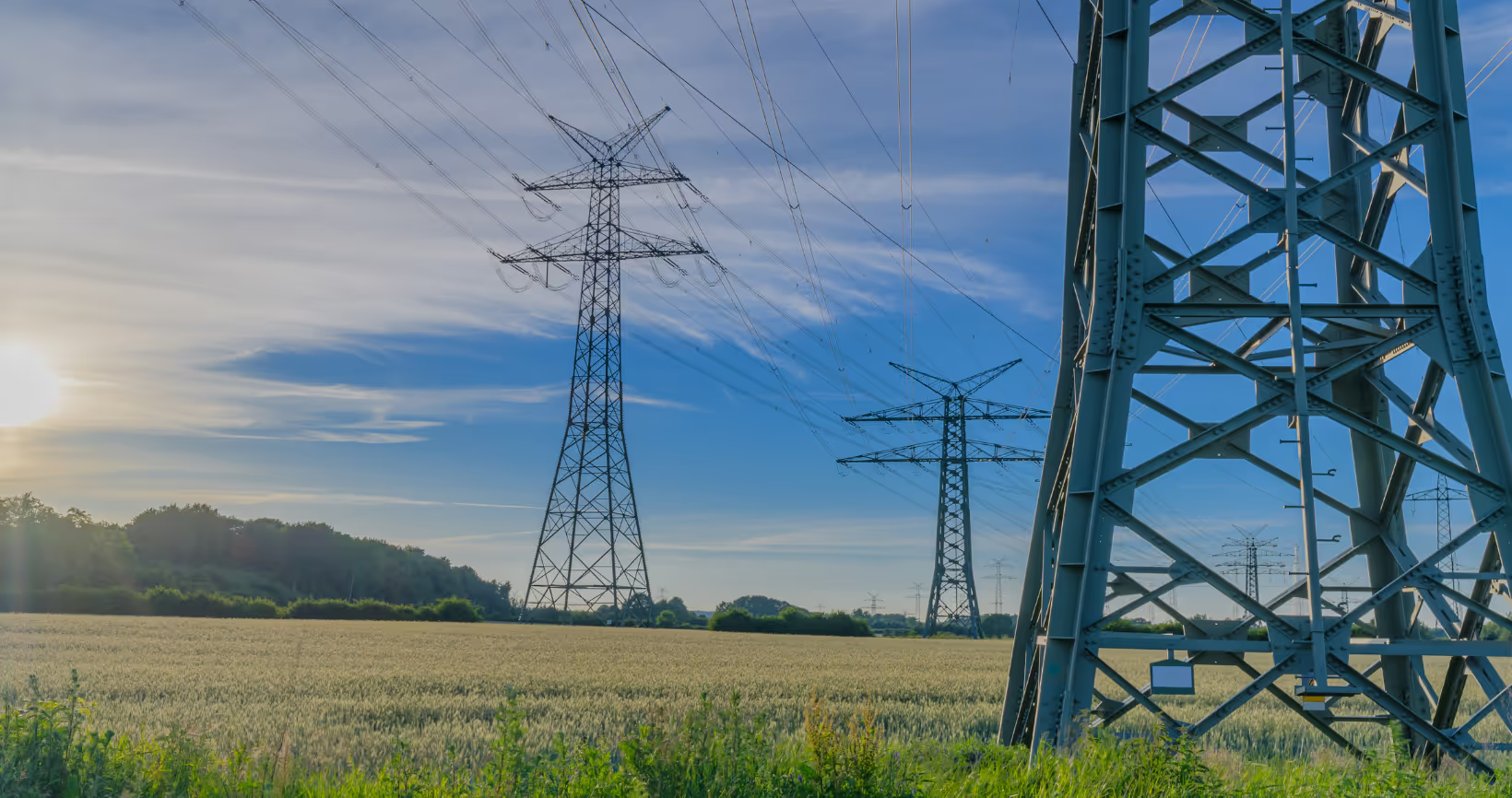


.avif)



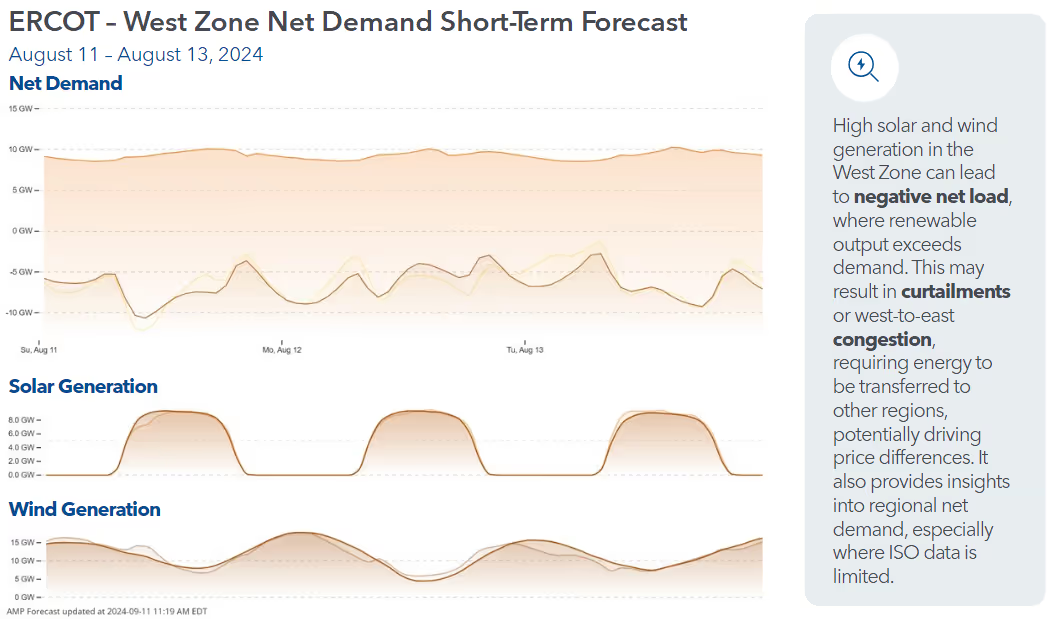
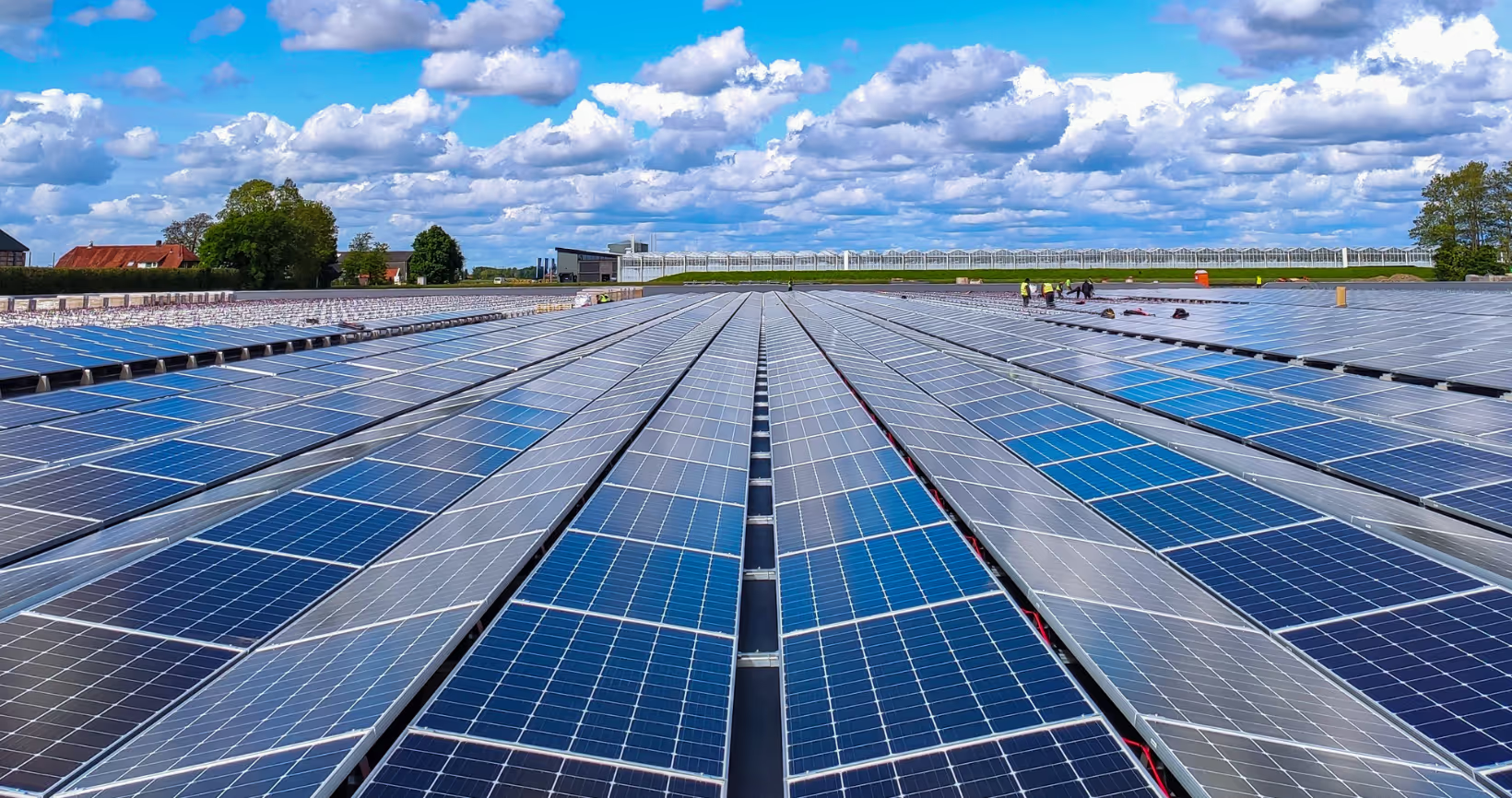




.avif)

.avif)




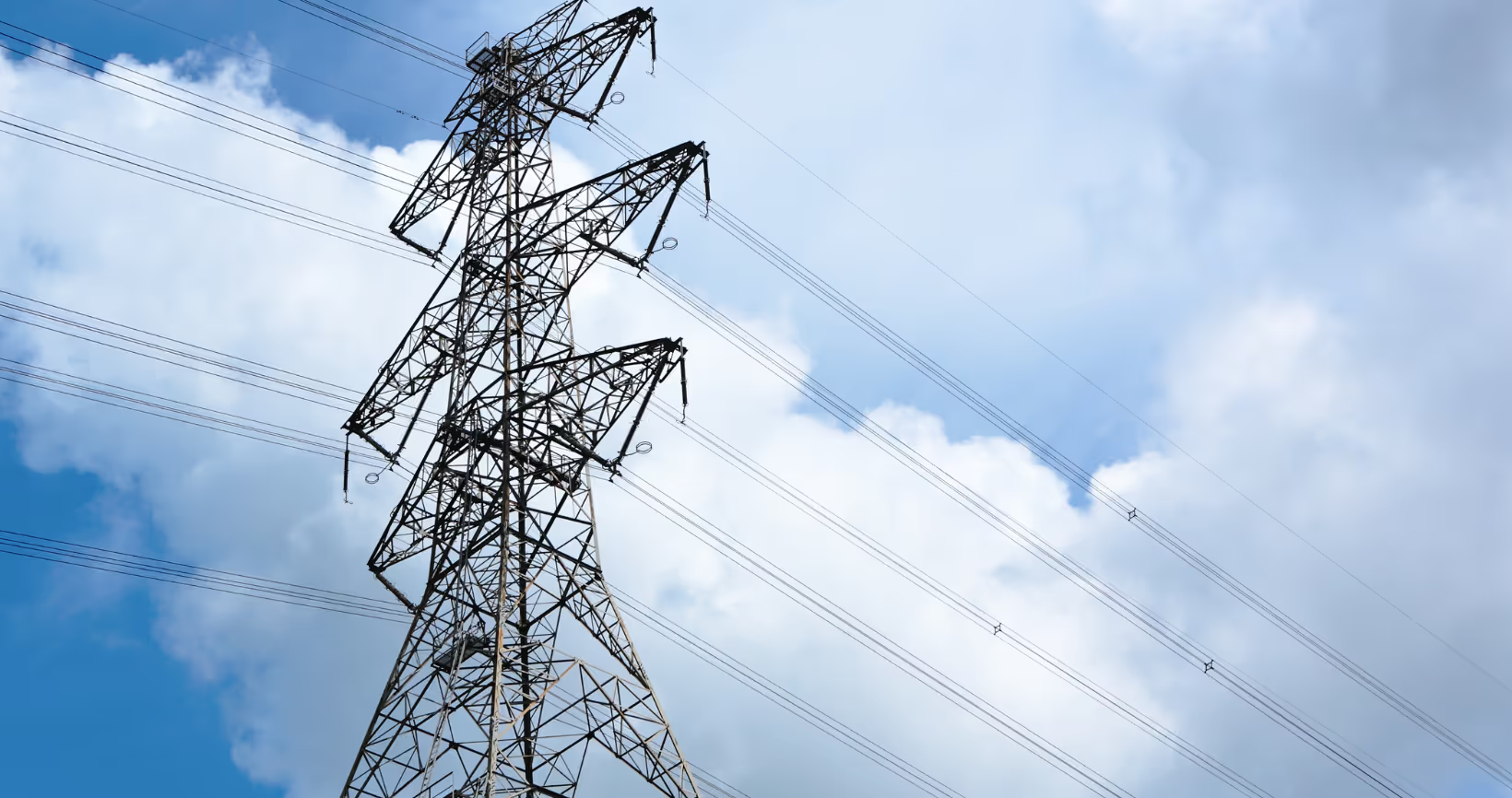
.avif)


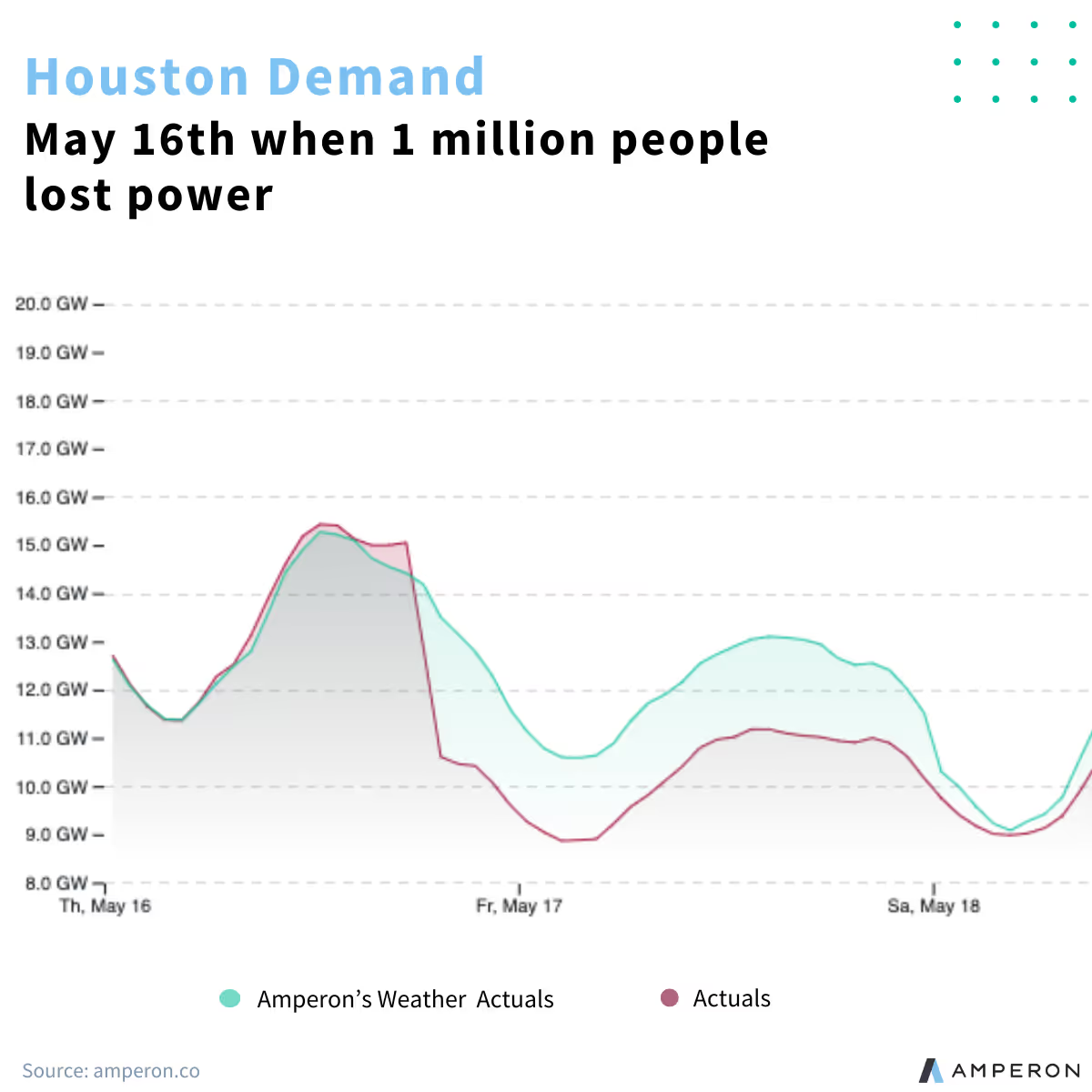
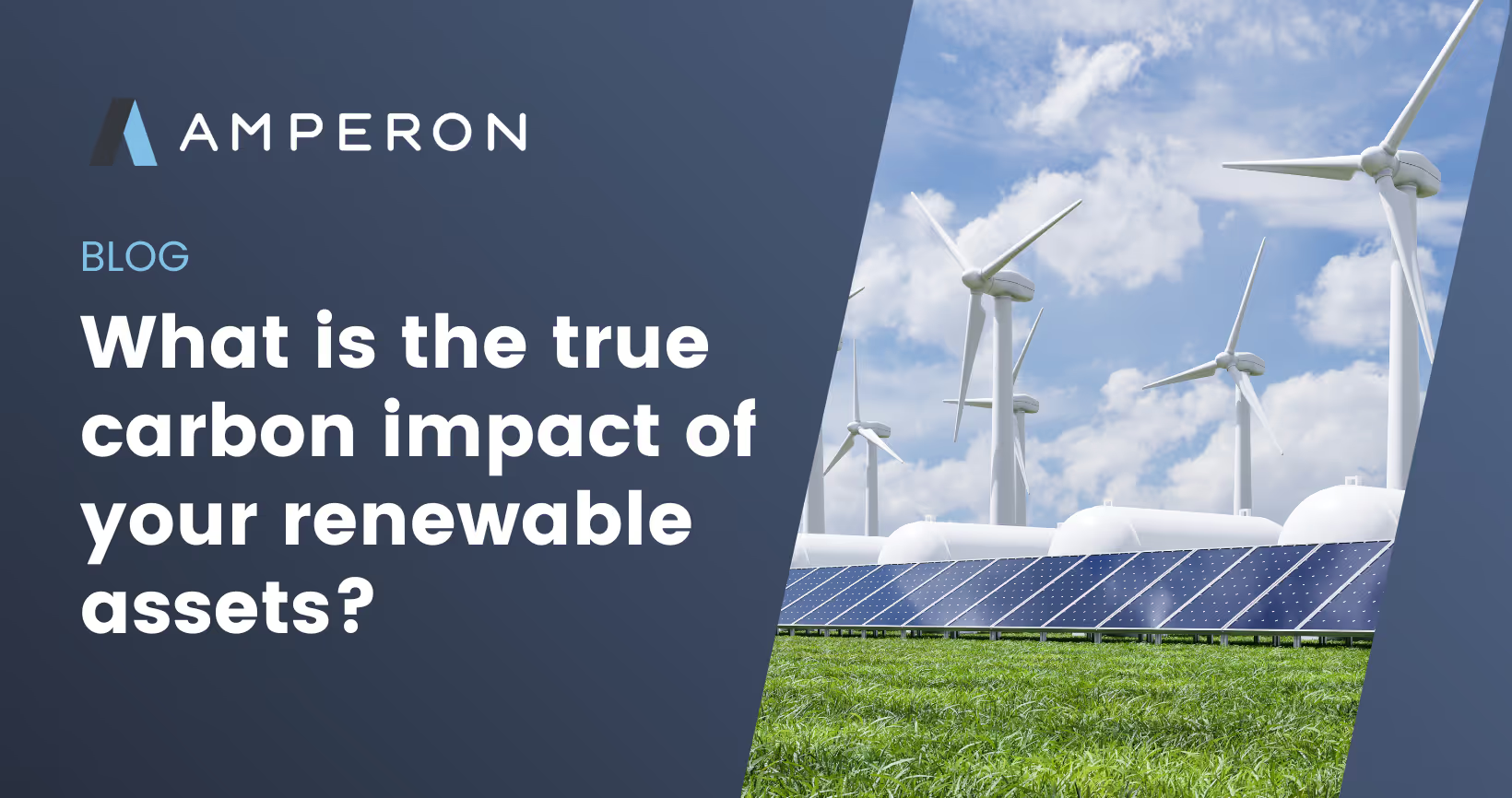

.avif)
.avif)



.avif)

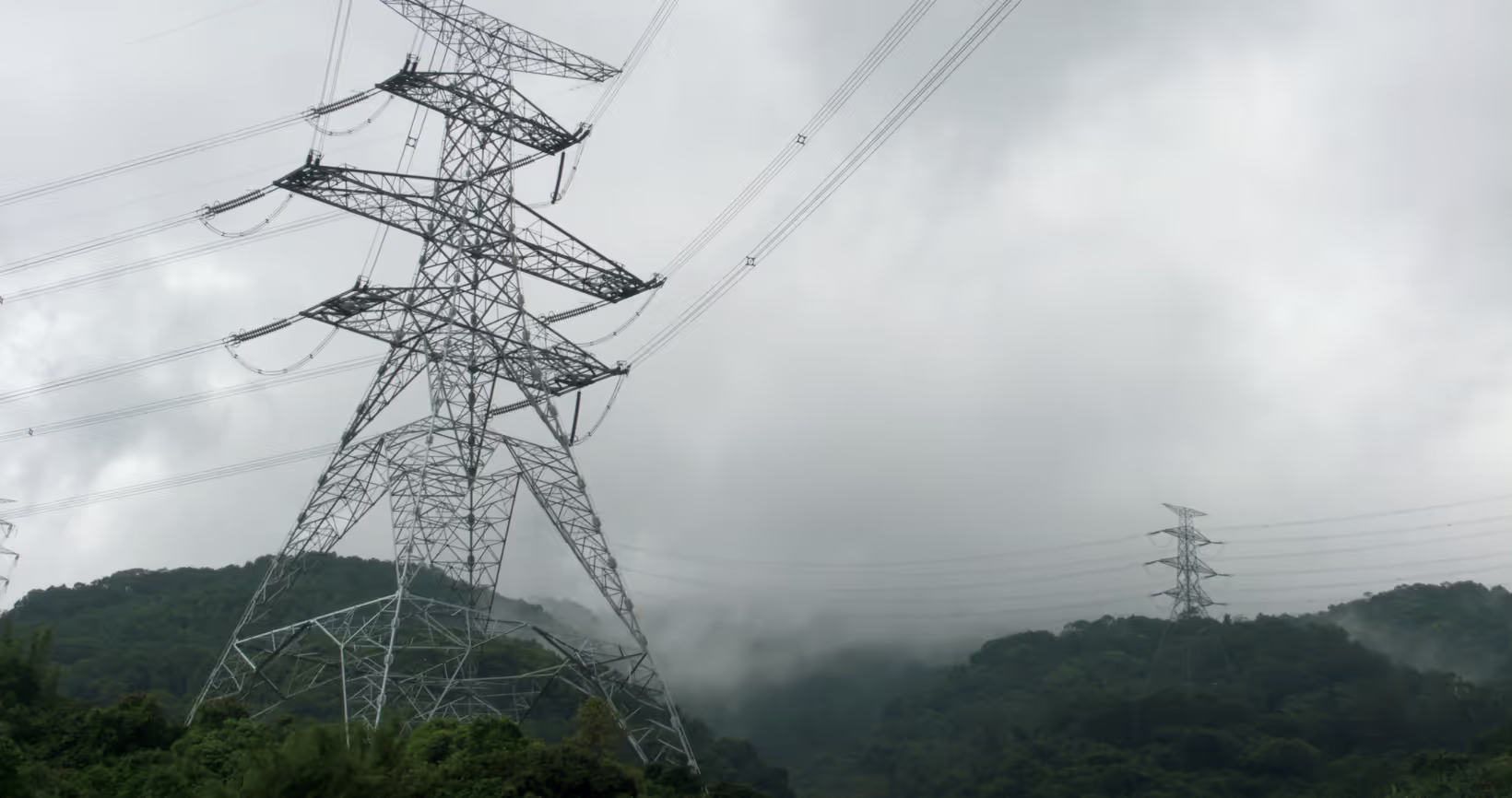


.avif)



.avif)
.avif)



